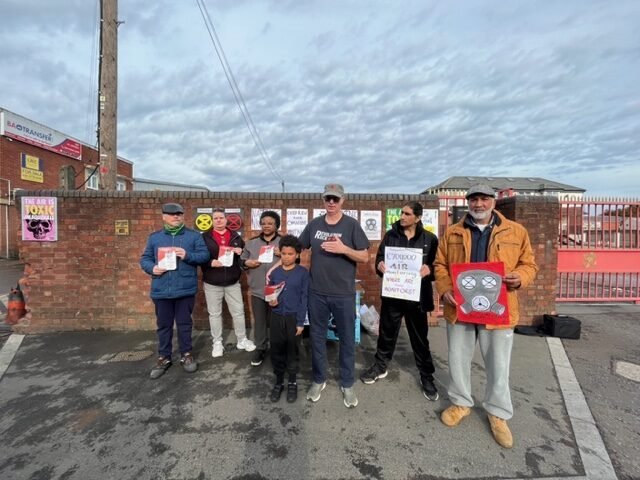Decarbonisation, Natural Gas, and Health
1st April 2022
INTRODUCTION
Today, millions of people across the UK are receiving higher bills for natural gas. Much of this is down to abuses of free market economics, commodity speculation, and the continual Russian invasion of Ukraine.
What is rarely spoken in the conversation of natural gas are the chemical emissions from UK based processing plants. The move away from a reliance on a natural resource should be supported by the health and environmental benefits it will bring to people living in close proximity to industrial sites, and to our overall biodiversity regulation.
“We rarely speak about the toxification of Land in the UK at the hands of industrialisation, instead the general public is shamed and gaslit for their systemic need to get into a motor vehicle. All the while, millions of tonnes of chemicals are churned out into the environment; polluting water ways, natural habitats, and the air we all breathe.”
OUR STUDY
The inspiration from this work comes from our support and engagement with the Clean Air Southall & Hayes campaign group from west London. Since 2017 their air has been contaminated by carcinogenic chemicals such as benzene, cyanide and naphthalene. Due to inadequate central, city and local government policies a multi-ethnic working class community has been facing a health injustice with little sight of change. At the route of their problem is a two-fold issue; the historic right to pollute culture is/has contaminated land for centuries and little care is paid to the notion that due to socio-economic conditions some people are more susceptible to others in changes to environments.
We rarely speak about the toxification of Land in the UK at the hands of industrialisation, instead the general public is shamed and gaslit for their systemic need to get into a motor vehicle. All the while, millions of tonnes of chemicals are churned out into the environment; polluting water ways, natural habitats, and the air we all breathe.
As has been covered many times before, the Environmental Justice movement came out of the racialised Black and Brown communities in the United States of America. In particular, Prof. Robert Bullard's work investigating the outcomes of chemical plants of Louisiana has led to an area known as 'Cancer Alley'.
Using data published by the National Atmospheric Emissions Inventory we investigated the sources and amounts of the pollutants being produced as a result of our reliance on natural gas. Here are some key insights:
269,921.05 tonnes
of 30 emission types that are poured into local environments every year that could be removed if we moved away from a reliance on natural gas.
260,815.73 tonnes
of Carbon Dioxide from 32 Sources could be avoided by moving away from a reliance on natural gas through renewable resources or lower demand.
Teeside Gas Processing Plant
in Stockton-on-Tees is responsible for 11,998.09 tonnes of emissions into areas ranked in the bottom 10% of deprivation in the country.
The Isle of Grain LNG Installation Site
was responsible for 19,652.97 tonnes of emissions into the Hoo Peninsula in Medway council, with the nearest town of Sheerness being in the bottom 10% of deprivation.
4.8 tonnes of methane
could be removed from the 33 locations across the UK with a move away from natural gas processing.
346.77 tonnes of Sulphur Dioxide
are emitted from just one station: Cowdenbeath in Fife, Scotland
Explore the data yourself. All of this comes from the processing & distribution of natural gas in the UK.





















